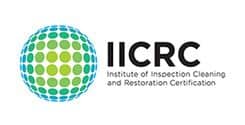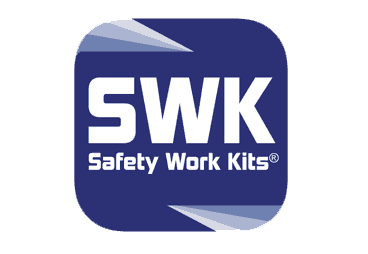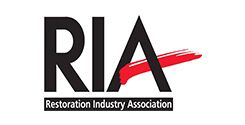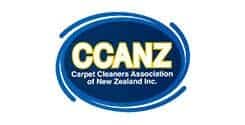
New Zealand has one of the best commercial and residential properties. One concern the residents face is mold growth in spaces prone to humidity, moisture, and water accumulating around the area due to faulty slopes and poor insulation. Every residential or commercial property suffers from this issue, so there are professional cleaning services in New Zealand that can care for mold and mildew growth.
In many instances, this leads to severe health and safety concerns. Mold is hazardous to health, and removing it at first sight is essential. As soon as you figure out mold growth in your residential or commercial area, it would help if you got rid of it because it spreads in the air and causes asthma, breathing difficulties, allergies, and many other health issues.
Understanding the different types of mold in New Zealand is vital because some are more fatal than others. The appearance of the mold might look the same in all cases, but different types appear in various forms and colors. Mold is categorized into Hazard Classes A, B, or C. Here is a breakdown of some of the mold growth in New Zealand:
The appearance of this mold is usually black in the area that is exposed to damp conditions and moisture. This class A mold is categorized as hazardous and can cause health effects and complications for those exposed to it.
Hazard Class B mold that grows in moisture and damp conditions. It is usually found on surfaces near a window, on damp soil, or even on walls. The mold appears to be gray or black.
This is categorized as a Hazard Class A, B, and C type. It contains multiple mold bacteria, which are often white, gray, and black. Acremonium is as dangerous as others and is found in false ceilings, drywall, etc.
The mold may appear gray, brown, green, blue, or even yellow, depending on the area it is spreading on. This type of mold grows in areas that are exposed to water accumulation over a long time. These toxins can cause harm to people who suffer from breathing conditions or asthma. Aspergillus is identified as a Hazard Class A or B mold in New Zealand.
Cladosporium, Penicillium, and many other types of mold are equally dangerous and belong to the Hazard Class A, B, and C. These may appear from blues and greens to grays and blacks depending on the climate, conditions, and surface.
Mold removal is a process that must be dealt with professionally. There are tons of remedial hacks that claim to remove mold growth, but they are only removing them from the surface. However, mold clings to the surface’s internal layers and spreads rapidly as it finds favorable conditions.
The use of baking soda, cornstarch, vinegar, and water should not be used in areas that are already in damp and moist conditions. Instead, call professional help and ask experts for their consultation services on removing mold completely without damaging the foundation or any property surface.
Future prevention after careful removal of growth using professional expertise may include:

Harry Virk is the director of CleaningPro Auckland. He has years of experience in the cleaning industry and his company is expert at providing exceptional cleaning services in Auckland. He has a passion for helping people and making sure that their homes are clean, tidy, and ready for visitors.




